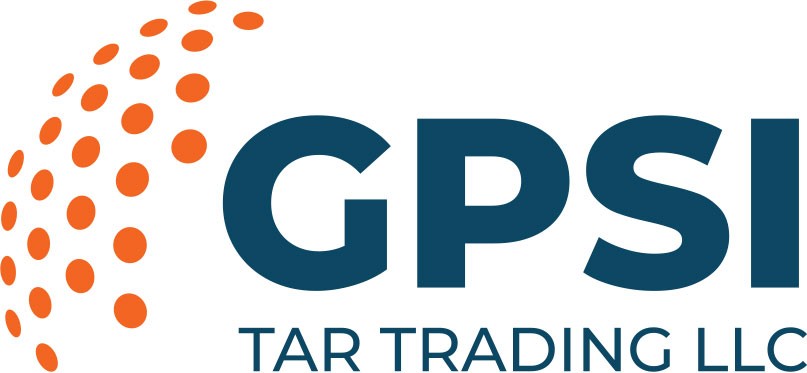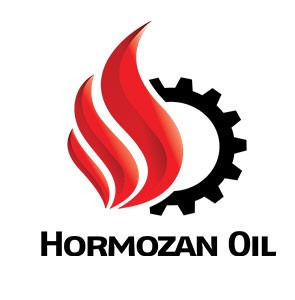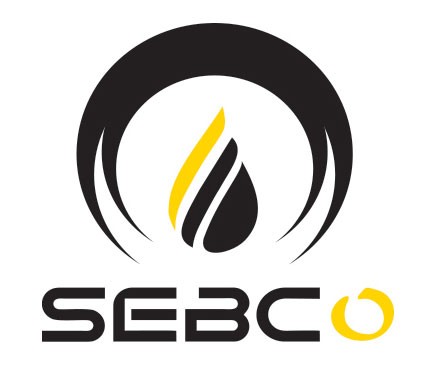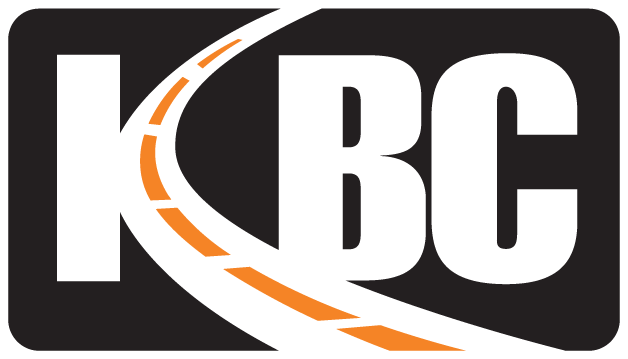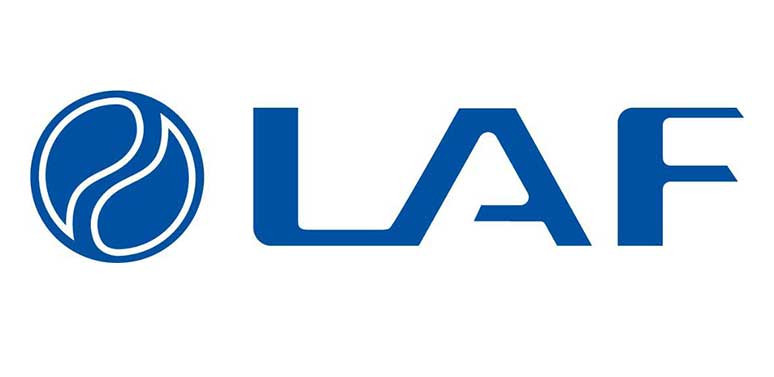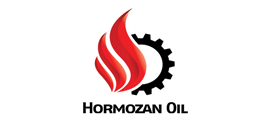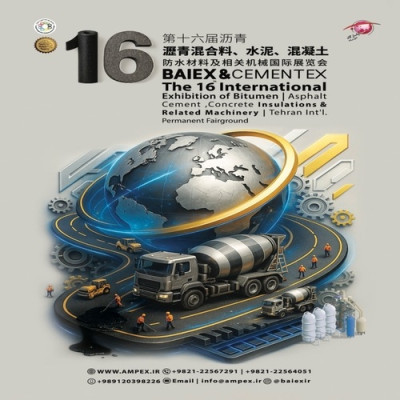Market observers warn that if OPEC+ reverses its current voluntary supply cuts, petroleum prices could plummet to $40 per barrel.
Tom Kloza, Global Head of Energy Analysis at OPIS (Oil Price Information Service), expressed concerns about petroleum prices in 2025, stating: “There is more fear about 2025′s petroleum prices than there has been since years. You could get down to $30 or $40 a barrel if OPEC unwound and didn't have any kind of real agreement to rein in production. They've seen their market share really dwindle through the years.”
Currently, Brent crude is trading at $72 per barrel, and US West Texas Intermediate (WTI) is around $68 per barrel.
Henning Gloystein, Director of Energy, Climate, and Resources at Eurasia Group, told CNBC that with petroleum demand growth next year unlikely to exceed 1 million barrels per day, the complete removal of OPEC+ supply restrictions by 2025 would undoubtedly trigger a sharp price collapse, potentially driving crude down to $40 per barrel.
Saul Kavonic, Senior Energy Analyst at MST Marquee, echoed this sentiment: “If OPEC+ removes its supply restrictions without regard to demand, it would essentially spark a price war over market share, which could drag petroleum prices to their lowest levels since the COVID-19 pandemic.”
Despite these warnings, analysts believe OPEC+ is more likely to adjust supply gradually rather than completely lifting restrictions abruptly.
If the group proceeds with plans to remove supply limits, market oversupply could nearly double. OPEC has maintained discipline in its voluntary production cuts, extending them to prevent a price collapse. For instance, in September, OPEC delayed the easing of 2.2 million barrels per day in supply cuts by two months to stabilize prices.
At the start of this month, OPEC further postponed its planned production increase until the end of December. Petroleum prices have been impacted by weak post-COVID demand recovery in China. In its latest monthly report, OPEC reduced its 2025 global petroleum demand growth forecast from 1.6 million barrels per day to 1.5 million barrels per day.
Gloystein noted that another factor putting downward pressure on prices is oversupply in the market, especially as major non-OPEC+ producers like the US, Canada, Guyana, and Brazil are planning to ramp up production.
According to Martocchia Francesco, Energy Strategist at Citibank, the consensus is that significant petroleum inventories will accumulate next year. If production increases persist, the market surplus could nearly double, reaching 1.6 million barrels per day.
Even if OPEC+ maintains its supply restrictions, analysts foresee a bearish price trend. Citibank predicts Brent crude will average $60 per barrel next year.
Analysts told CNBC that the possibility of Donald Trump winning the US presidential election strengthens this pessimistic scenario. Trump’s presidency could bring trade wars and energy policies aimed at maximizing production, which would halve petroleum prices.
BY WPB


